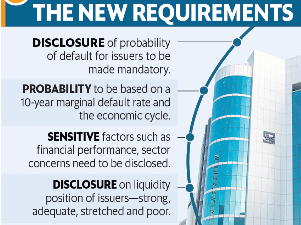7667766266
enquiry@shankarias.in
Why in news?
Securities and Exchange Board of India (SEBI) has released a new framework for financial disclosure by credit rating agencies (CRAs).
What are credit rating agencies?
What are the new norms?

What is the rationale?
Source: The Hindu, Business Standard, Livemint